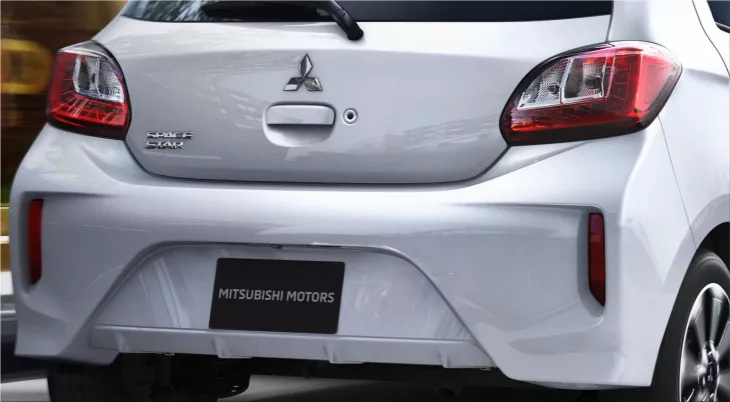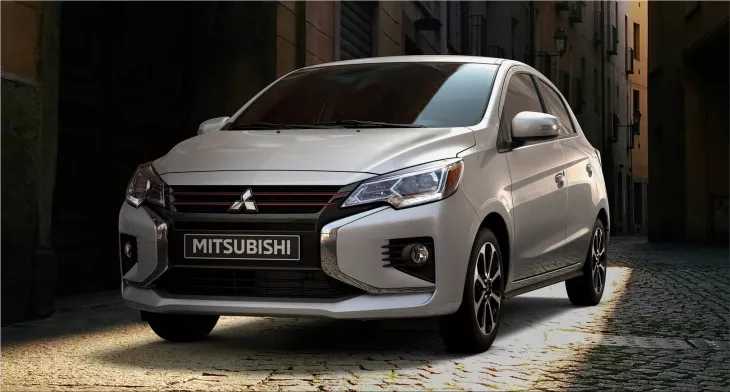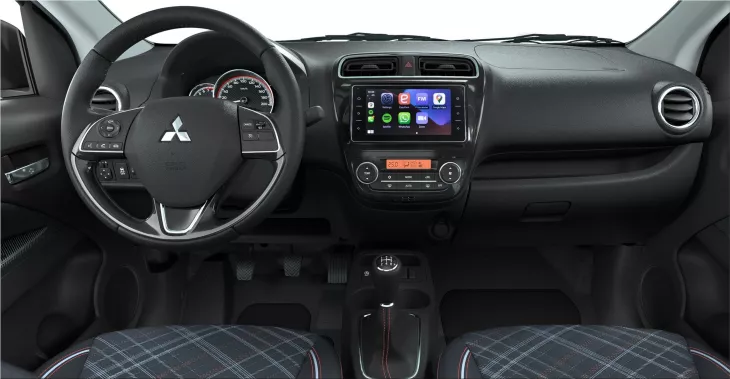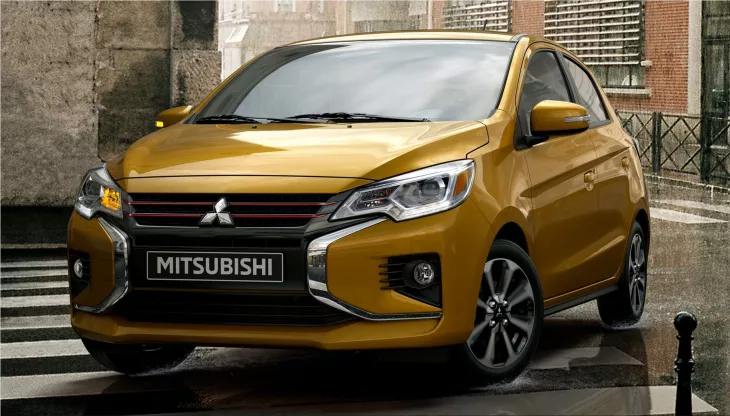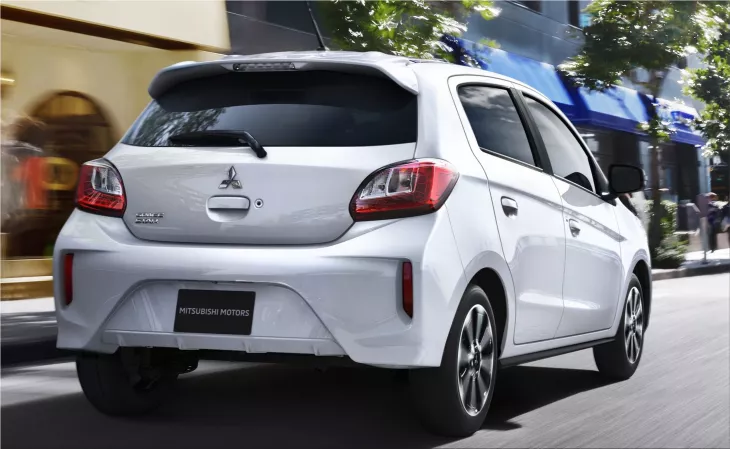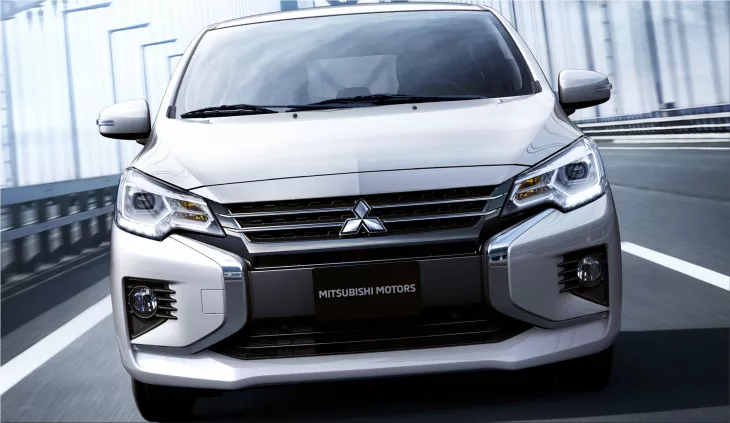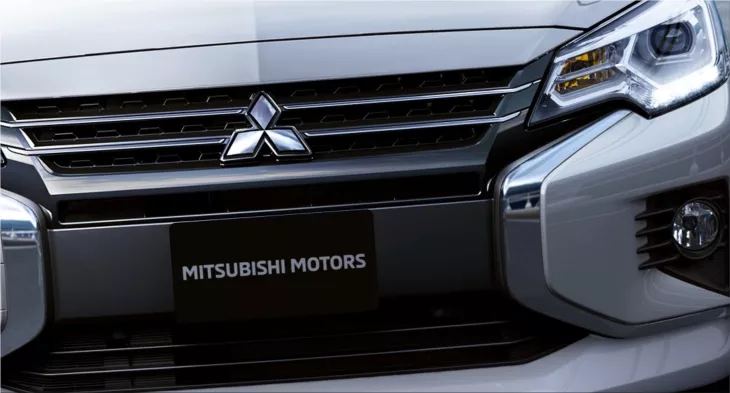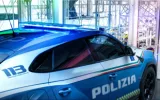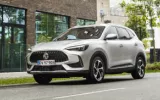Typical design features of the 3.85 meters long, 1.67 meters wide, and 1.51-meter-high small cars are the sloping roofline and the narrow headlights. The Mitsubishi Space Star city car, with its striking face and a wheelbase of 2.45 meters, offers good interior space for its class. Two adults can also sit comfortably in the rear and have enough legroom and headroom. The interior is functional, and all primary controls are clearly laid out. Only the leg-rests of the front seats could be a bit longer. Between 235 and 912 liters of luggage can be stowed behind the tailgate.
The Japanese range of accessories turns the small car into a real customization artist with options such as a removable trailer hitch (+ 620 euros) and a rear bicycle rack for up to two bicycles (+ 712 euros) for the small car. The bicycle carrier has proven to be very smooth-running in practical tests. Access to the trunk is quick and easy, which greatly facilitates access to contents stored there and proves to be a time-saver.
The 940-kilogram Mitsubishi Space Star is powered by a three-cylinder petrol engine with a displacement of 1.2 liters and an output of 52 kW/71 hp. It mobilizes a maximum torque of 102 Newton meters at 3,500 rpm. The power is brought to the wheels utilizing a five-speed gearbox as standard. Our test car was equipped with a CVT transmission, which was enjoyable in city traffic.
The Mitsubishi Space Star small car needs an impressive 15.8 seconds from zero to 100 km/h and reaches a top speed of 163 km/h. According to the manufacturer, an average of 4.6 liters of fuel (NEDC) flow through the line. After a brisk ride on country roads around Würzburg with a bike on the rear carrier, our onboard computer showed a consumption of 6.5 liters.





